Which has better performance between microcrystalline glass ceramics and silicon nitride ceramics
Microcrystalline glass ceramics and silicon nitride ceramics are both high-performance materials, but they have their own advantages in different performance aspects. It is difficult to simply judge which one has better performance, depending on the application scenario and requirements.
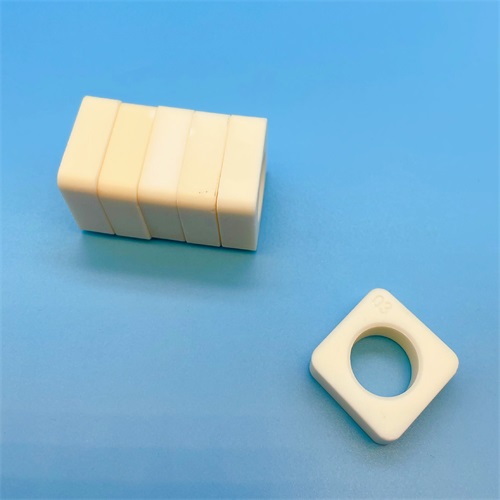
Mechanical property
-Microcrystalline glass ceramics: have high hardness and strength, but belong to hard and brittle materials, with relatively poor impact toughness. It has good processing performance and can be processed into complex shapes.
-Silicon nitride ceramics: have high strength and hardness, second only to a few superhard materials such as diamond, and maintain good high-temperature strength, with little strength attenuation at 1200 ℃. At the same time, it also has high fracture toughness.
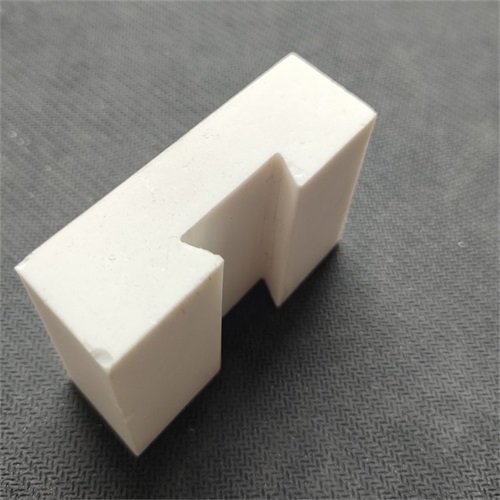
Thermal Properties
-Microcrystalline glass ceramic: high temperature resistance, operating temperature range of -270 ℃~800 ℃, low coefficient of thermal expansion, good thermal shock resistance, and does not break when rapidly cooled from 800 ℃ to 0 ℃.
-Silicon nitride ceramics: excellent heat resistance, no melting point, will only decompose above 1900 ℃, low coefficient of thermal expansion, good thermal conductivity, excellent thermal shock resistance, even if rapidly cooled and heated at 1000 ℃, it will not crack.
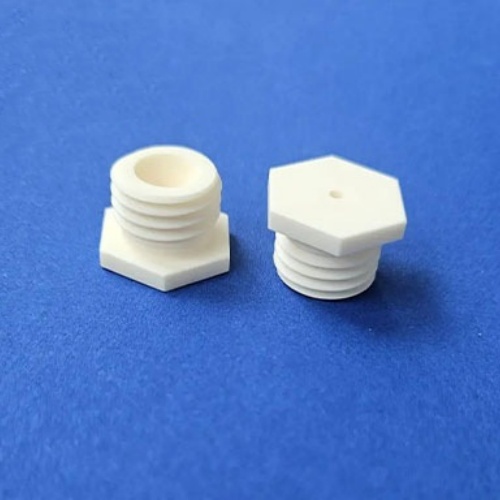
Chemical stability
-Microcrystalline glass ceramics: Good acid and alkali corrosion resistance, stable to organic solvents, but no mention of corrosion resistance to high-temperature molten metals.
-Silicon nitride ceramics: have very stable chemical properties, do not react with other inorganic acids except hydrofluoric acid, do not infiltrate molten metals (except copper), and have strong high-temperature oxidation resistance.
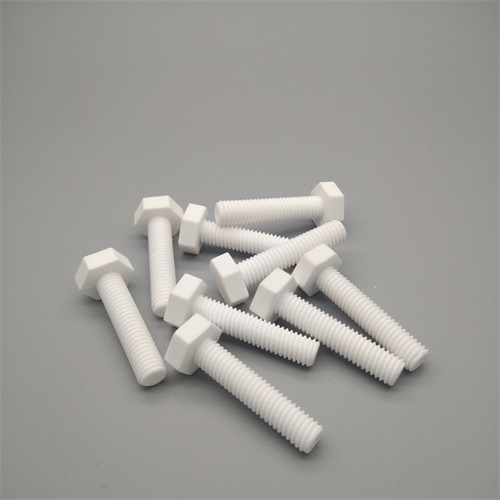
Electrical Property
-Microcrystalline glass ceramic: It is an excellent high-temperature electrical insulation material.
-Silicon nitride ceramics: good electrical insulation performance, low dielectric constant, high resistance to breakdown voltage.
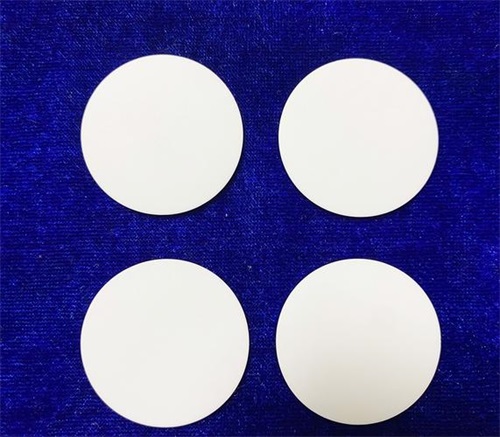
Processability
-Microcrystalline glass ceramics: Machinability is its outstanding feature, which can be processed using standard metal processing tools such as turning, milling, planing, grinding, etc., but the processing efficiency is low and the tool wear is fast.
-Silicon nitride ceramics: It is difficult to process, especially for complex shapes, but it has high hardness, good wear resistance, and good surface quality after processing.
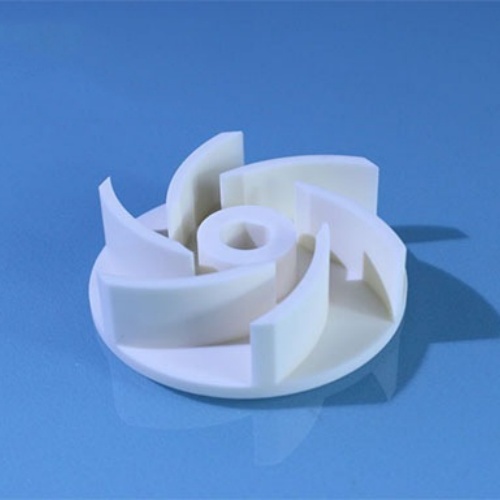
Comprehensive evaluation
-Microcrystalline glass ceramics are more suitable for applications that require high processing accuracy, complex shapes, good electrical insulation performance, and certain heat resistance, such as electronic devices, precision instruments, etc.
–Silicon nitride ceramics are more suitable for use in extreme environments such as high temperature, strong corrosion, and high wear resistance, such as aerospace, automotive engine high-temperature components, high-temperature bearings, etc.
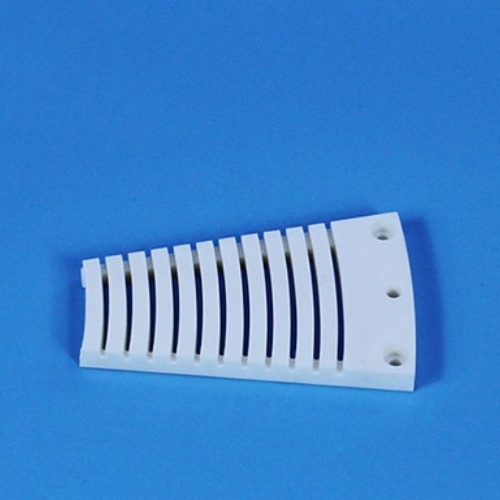
Therefore, it is not enough to simply say which material has better performance, but rather to choose the appropriate material based on specific application requirements.
Brudeze Ceramics supplies and sells a wide range of high-quality quartz glass, including alumina ceramics, zirconia ceramics, silicon nitride ceramics, aluminum nitride ceramics, silicon carbide ceramics, boron carbide ceramics, bioceramics, machinable ceramics, etc. We can meet the customization requirements of various ceramic products.
Tags: boron carbide ceramics
NEXT:How to precision process microcrystalline glass ceramic materials
CATEGORIES
LATEST NEWS
- What is Macor processable g...
- The material properties and...
- The reason for the high pri...
- What are the preparation me...
- Why modify aluminum nitride...
- Thermal conductivity values...
- What is the thermal expansi...
- Thermal shock resistance of...
- The average coefficient of ...
- What is high alumina ceramic
